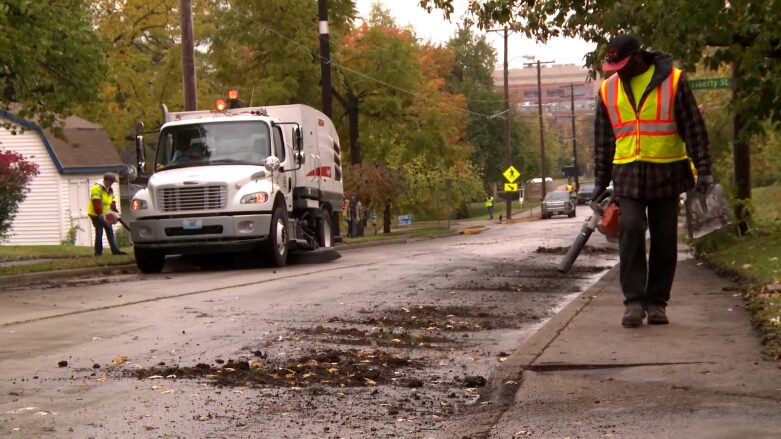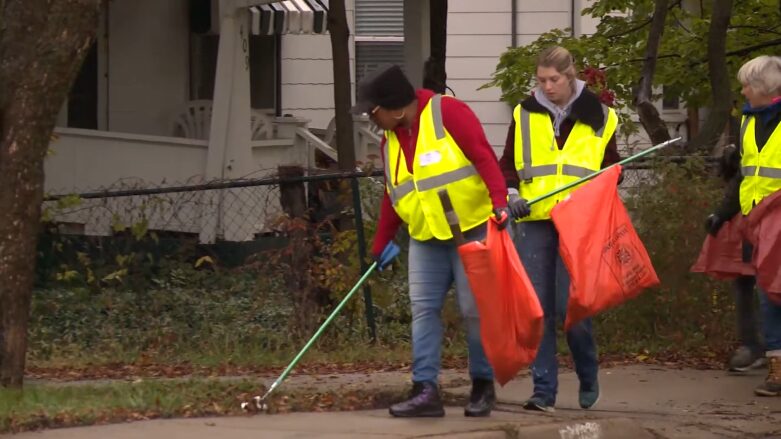Court-ordered community service is not just a form of punishment; it’s a way to create positive change within your community.
When offenders are assigned to complete unpaid work, the community benefits from their contributions.
Programs are often focused on supporting charitable and non-profit organizations that provide essential services.
This system helps lighten the load on jails and prisons while giving offenders a chance to give back.
Court-Ordered Community Service

Court-ordered community service is an alternative penalty where offenders perform unpaid work for the community.
This type of sentence aims to rehabilitate offenders and benefit society simultaneously.
Definition and Legal Basis
Court-ordered community service is a legal penalty where a judge requires an offender to complete unpaid work for a designated amount of time.
This sanction is typically given in place of, or alongside, other penalties such as fines, probation, or jail time.
The idea is to offer a rehabilitative option that also benefits the community.
State and local jurisdictions have different regulations governing community service sentences. Some states allow judges wide discretion in assigning this penalty
The legal basis for court-ordered community service often involves statutes designed to reduce jail populations and offer restorative justice options.
Types and Assignments of Community Service

There are various types of community service assignments offenders might receive.
These can range from cleaning public spaces and working with non-profit organizations, to assisting in community events.
Each assignment depends on the nature of the crime and the offender’s skills. Judges consider multiple factors when assigning community service.
The type of crime, the offender’s background, and the impact on the community are critical components.
Some common assignments include picking up litter, helping in homeless shelters, and volunteering at food banks.
The Role of Community Service in the Justice System
Court-ordered community service serves multiple purposes.
It provides an alternative to incarceration, aiding in both rehabilitation and deterrence.
From Sentencing to Supervision

Community service can be part of a sentence given by a judge. Once sentenced, the individual must report to a designated supervisor or organization.
Community service hours are essential for students as they provide valuable opportunities for learning and contributing to society.
They track hours and ensure tasks are completed.
This process not only keeps the individual engaged but also directly benefits local communities through various services provided.
Alternative to Incarceration
Choosing community service over incarceration helps reduce prison overcrowding. It allows non-violent offenders to contribute positively rather than serving time.
This method can also be cost-effective for the justice system. Community service tasks vary but often include activities like cleaning public spaces, working with charities, or assisting in community centers.
These tasks are beneficial for the community and can prevent the disruption of an offender’s life, keeping them integrated into society.
Rehabilitation and Deterrence
Community service promotes rehabilitation by encouraging personal responsibility and community involvement.
Offenders see the impact of their actions and learn new skills, which can be valuable once they re-enter the workforce.
The requirement to work within the community can deter future crimes, aligning with the social responsibility norm.
Knowing that criminal actions will result in community service, rather than simple fines or jail, creates a meaningful consequence that can positively influence behavior.
Impact of Community Service on Offenders and the Community

Participation in court-ordered community service can lead to significant positive effects for both offenders and the communities they serve.
By fulfilling these mandates, offenders can often reduce legal penalties and develop lasting bonds with their community.
Benefits to the Offenders
Court-ordered community service allows offenders to atone for misdemeanors or felony cases without serving time in jail. This form of community restitution can help reduce fines and other legal consequences.
Performing volunteer work at places like animal shelters or homeless shelters gives offenders a chance to develop new skills.
Many experience educational growth as they learn about various social issues.
Community service also provides an opportunity for offenders to comply with court orders in a constructive manner.
It can be a path toward overcoming substance abuse, since structured activities help occupy their time productively, reducing the temptation to relapse.
Communal Advantages and Outreach

Communities benefit from the labor provided by offenders. Defendants often fulfill tasks such as cleaning public spaces or assisting local organizations.
These actions directly improve the local environment and save municipality funds that would otherwise go toward paying for these services.
Furthermore, offenders working in community service can forge stronger connections with community members.
This experience fosters mutual respect and understanding, reducing recidivism and contributing to overall public safety.
Organizations such as schools, animal shelters, and homeless shelters frequently benefit from the extra hands and new ideas these offenders bring.
Assessing Success and Areas for Improvement
Court-ordered community service offers both benefits and challenges.
Success Stories and Challenges
Many courts successfully implement community service as an alternative to fines or incarceration.
Surveys show that 65% of responding courts use mandated community service, providing vital support to local community organizations.
Real success stories often highlight how offenders gain skills and treatment-meeting experiences, beneficial for their personal growth. Yet, challenges remain.
Some courts lack the infrastructure to monitor compliance effectively. Research indicates inconsistent application and monitoring, which affects success rates.
Smaller lower-jurisdiction courts may find it harder to manage record-keeping and verify that service is completed satisfactorily.
Recommendations for Enhancing the Efficacy of Community Service

To improve community service efficacy, eligibility criteria should be clearly defined to ensure appropriate candidates are selected.
Extending community partnerships with sponsoring local organizations can create more diverse service opportunities.
Courts should invest in better monitoring tools to track compliance. Digital records and regular check-ins can ensure offenders meet their obligations.
More robust alternative sentencing programs, alongside community service, can provide tailored support for different offense types, maximizing potential benefits to society.

